| Structure | Name/CAS No. | Articles |
|---|---|---|
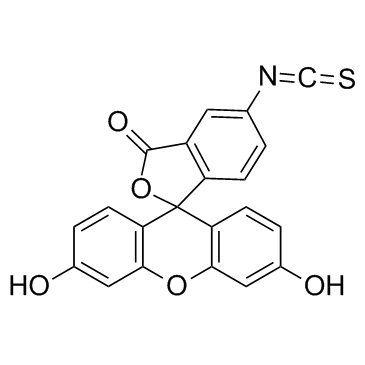 |
Fluorescein isothiocyanate
CAS:3326-32-7 |
|
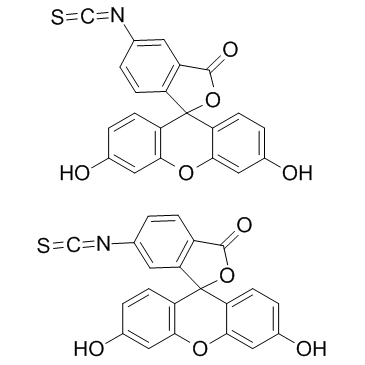 |
fluorescein 5-isothiocyanate
CAS:27072-45-3 |
|
 |
HEPES
CAS:7365-45-9 |
|
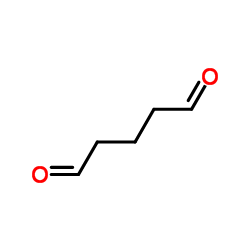 |
glutaraldehyde
CAS:111-30-8 |
|
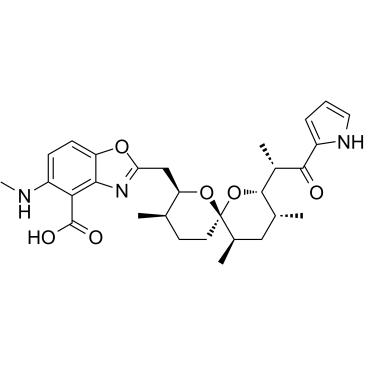 |
Calcimycin
CAS:52665-69-7 |
|
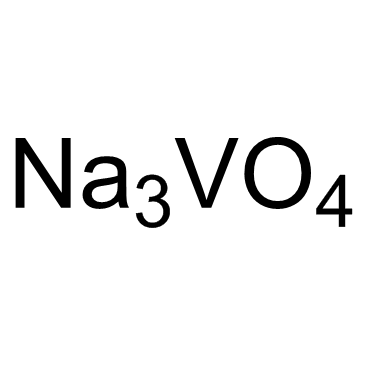 |
Sodium orthovanadate
CAS:13721-39-6 |
|
 |
Crocin
CAS:42553-65-1 |
|
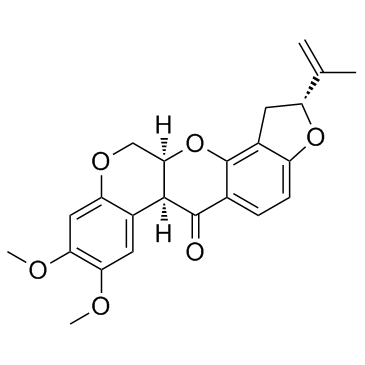 |
Rotenone
CAS:83-79-4 |
|
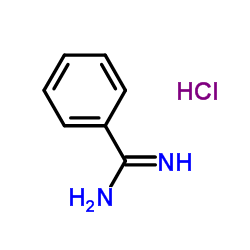 |
Benzimidamide hydrochloride
CAS:1670-14-0 |
|
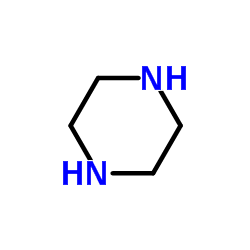 |
Piperazine
CAS:110-85-0 |